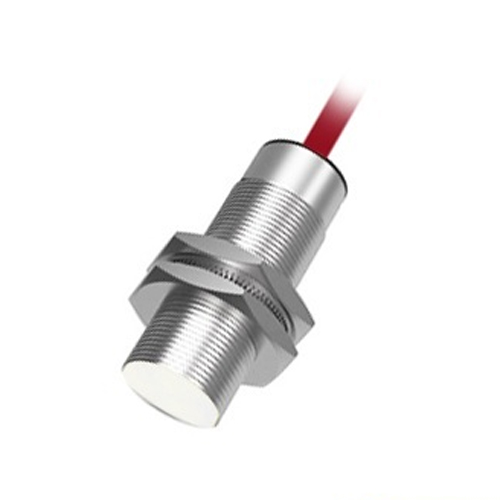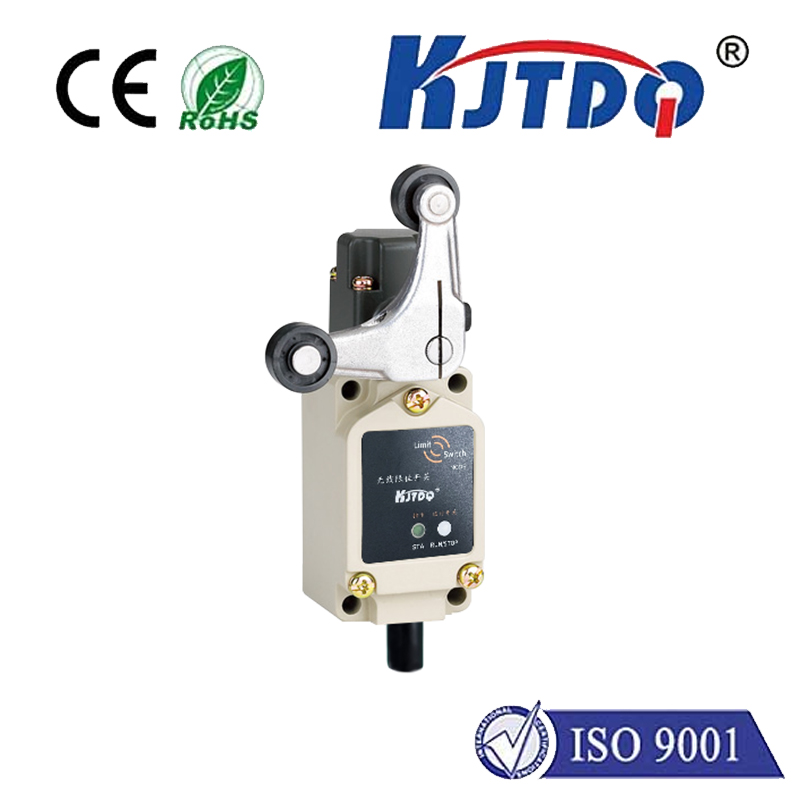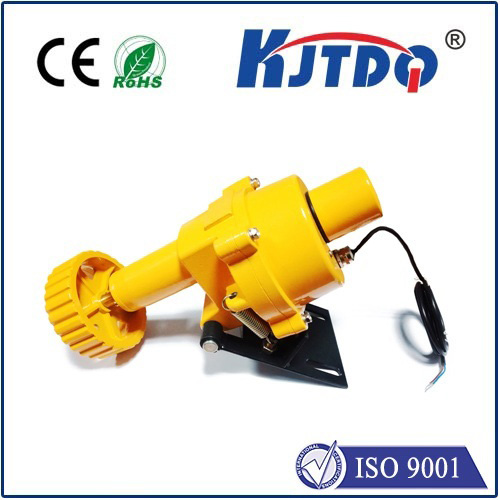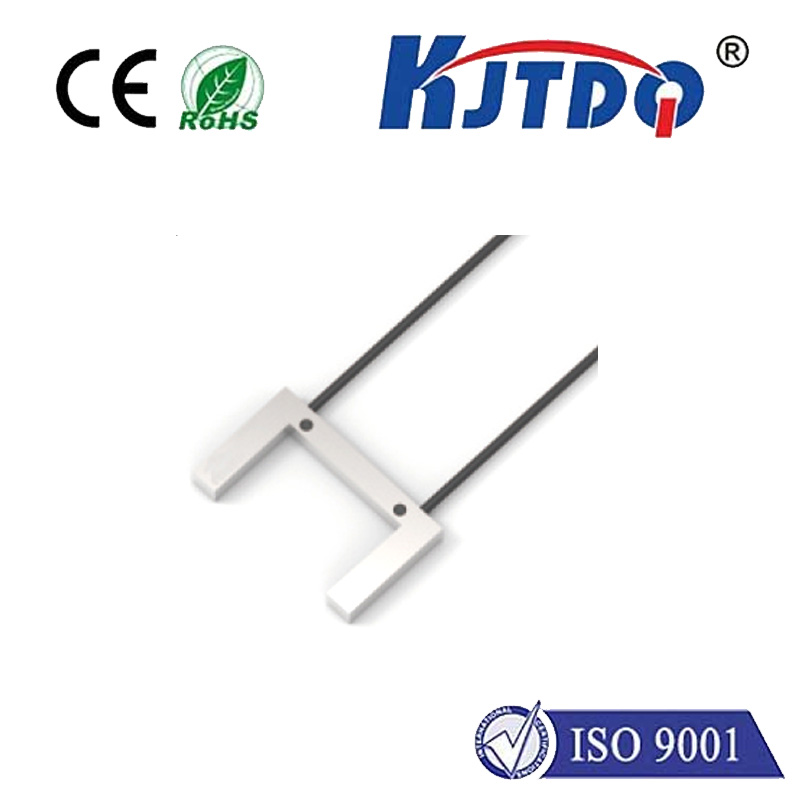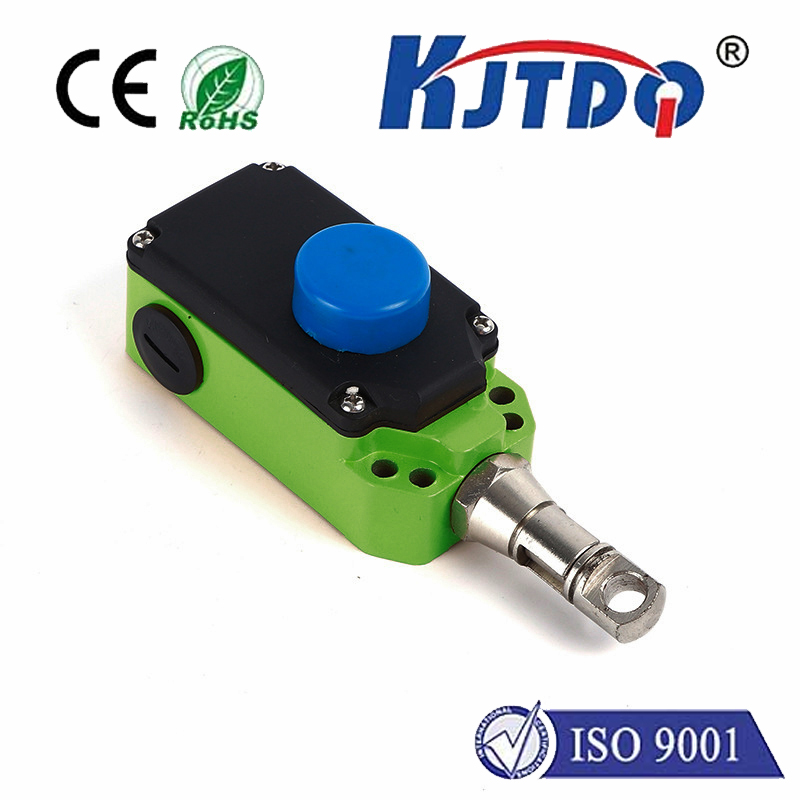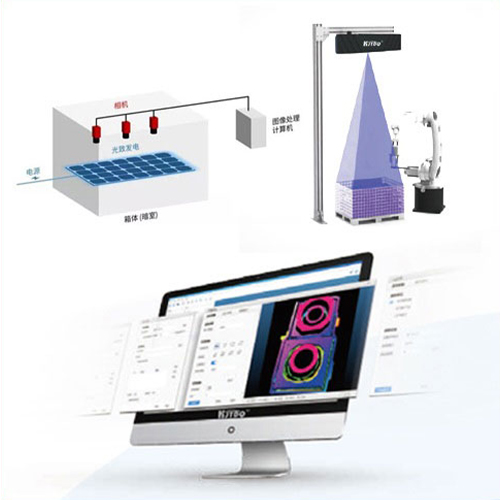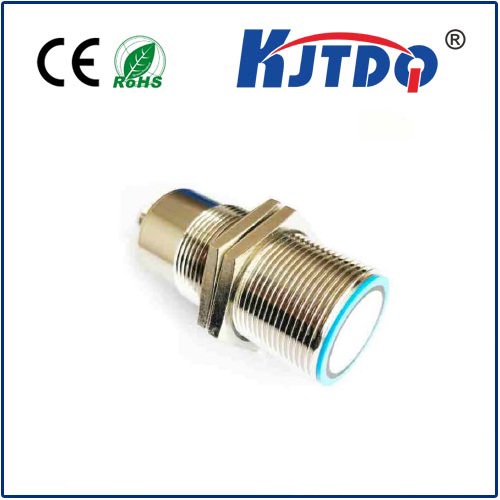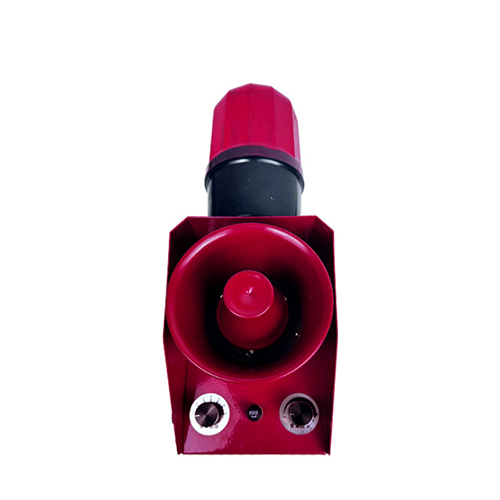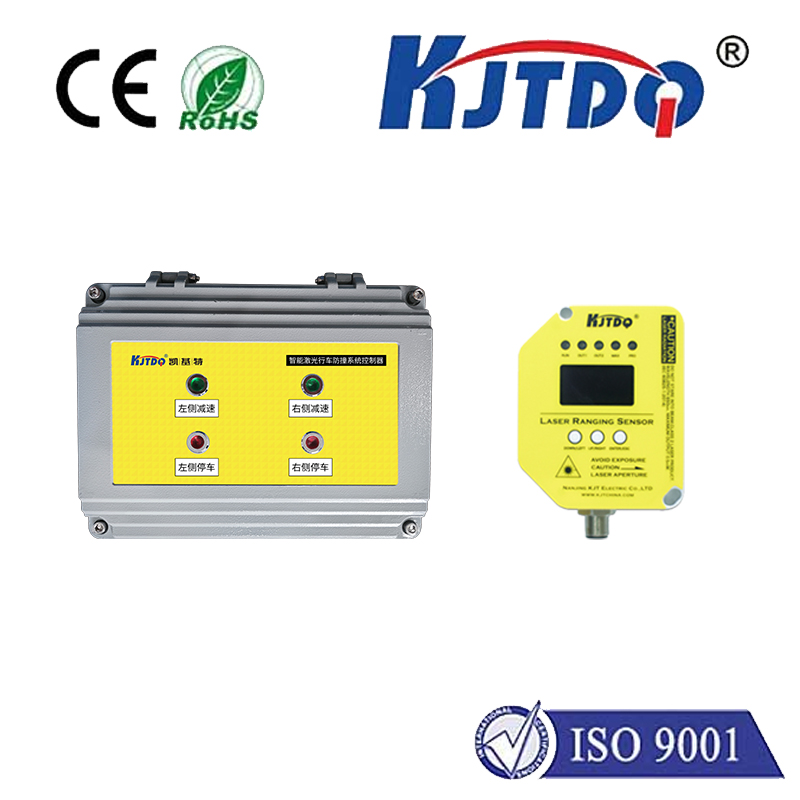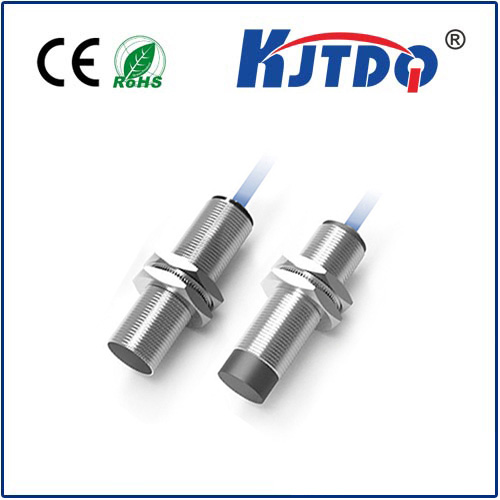

check

check

check

check

check

check

check

check

check

check
Title: Unraveling the Mysteries of Laser Interferometer Displacement Sensors
In the realm of advanced technology, few innovations have captured the imagination and stirred the scientific community quite like laser interferometer displacement sensors. These sophisticated devices have revolutionized a plethora of industries by providing unparalleled levels of precision and accuracy in measuring physical phenomena. In this article, we will delve into the intricate workings of these remarkable instruments and explore their myriad applications.

At its core, a laser interferometer displacement sensor is a complex device that combines the principles of laser technology, interferometry, and displacement sensing to create a highly precise measurement tool. The sensor typically consists of two laser beams that are aligned in such a way that they intersect at a specific point. When one beam is displaced from its initial position by a small amount, it causes a change in the phase difference between the two laser beams. This change is then detected by the sensor, which uses interferometry to determine the exact amount by which the beam has been displaced.
The precision and accuracy of laser interferometer displacement sensors are due to several factors, including the use of high-quality optics, advanced signal processing algorithms, and robust hardware design. These factors contribute to the sensor's ability to measure changes as small as a few nanometers, making them ideal for applications in fields such as microelectronics, materials science, and quantum physics.
One of the key advantages of laser interferometer displacement sensors is their adaptability. They can be used to measure a wide range of physical phenomena, including force/displacement, velocity, acceleration, and angular rotation. This versatility makes them invaluable tools in industries such as aerospace, automotive, and pharmaceuticals, where accurate measurements are essential to ensure product quality and safety.
Another notable application of laser interferometer displacement sensors is in the field of optical microscopy. By using these sensors to measure the displacement of light waves as they pass through a sample, researchers can gain detailed insights into the structure and properties of materials at the atomic scale. This information has significant implications for the development of new materials with unique properties and applications.
In conclusion, laser interferometer displacement sensors are a testament to the incredible potential of modern technology. By harnessing the power of lasers, interferometry, and displacement sensing, these devices have opened up new frontiers in scientific discovery and technological advancement. As research continues to push the boundaries of what is possible with these remarkable instruments, we can only imagine the countless new applications that await us in the future.
